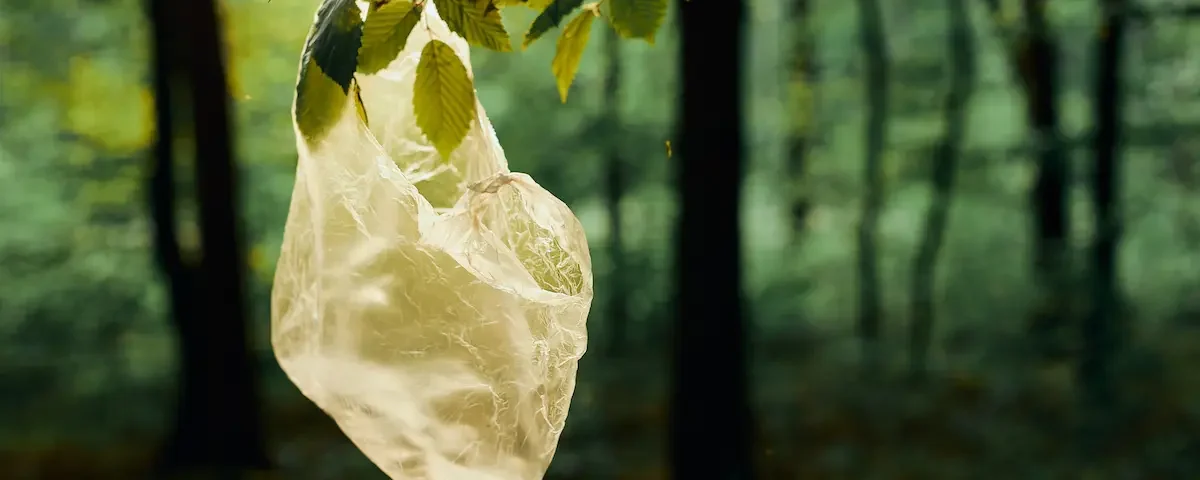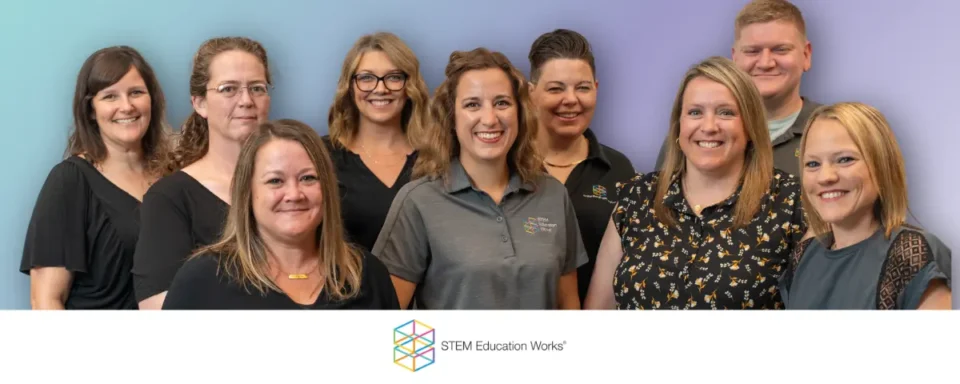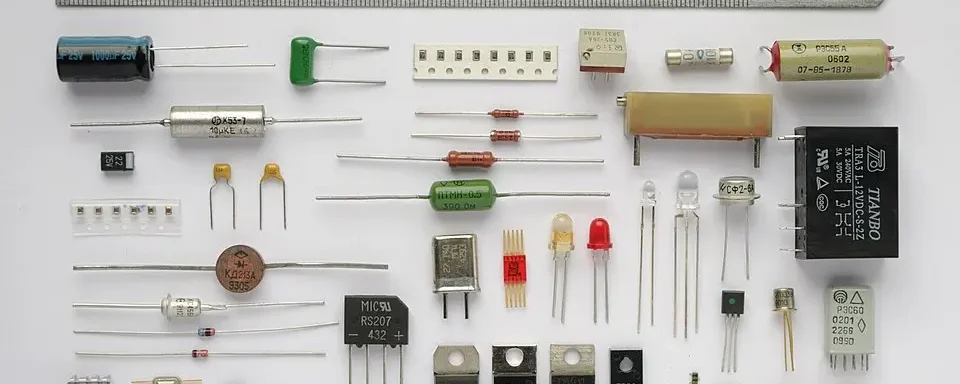
Choosing STEM Professional Development Training
June 17, 2025
Nine YouTube Channels That Make STEM Learning Seriously Engaging
June 27, 2025“There is no such thing as ‘away’. When we throw anything away, it must go somewhere.”
– Annie Leonard, Executive Director of Greenpeace USA
Did you know the average plastic bag is used for just 12 minutes, but can take up to 500 years to decompose? Pretty wild, right? That’s why International Plastic Bag Free Day on July 3rd is so important – it’s a global reminder to reduce single-use plastics and protect our planet.
But why exactly are plastic bags so harmful to the environment? And more importantly, what can we do about it? I’m so glad you asked! Let’s get into it …
Why Are Plastic Bags So Bad for the Environment?
To answer that, let’s break it down (which, by the way, is not what plastic does – it breaks up into tiny pieces. And seriously, who likes a break-up? Way worse, right?). Plastic bags are made from petroleum, a nonrenewable resource that pollutes during production. After just a few minutes of use, most bags aren’t recycled. (And let’s be real – even when people do try, plastic bags are tough to process and often jam up recycling machines, so they usually get tossed anyway.) From there, they end up in landfills, blow into waterways, or break into microplastics. These tiny bits pollute the earth, harm animals, and even sneak into our food. What seems like a simple bag turns into a big, long-lasting problem.
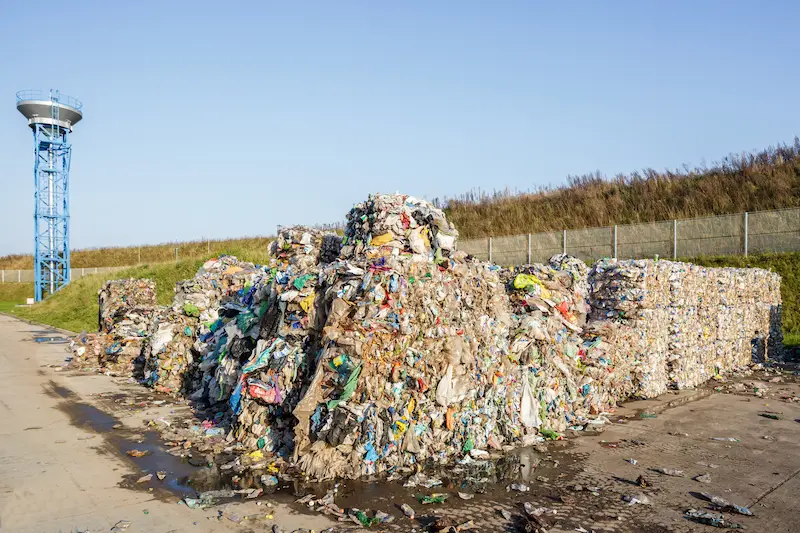
Here are a few jaw-dropping facts:
- It only takes 14 plastic bags to use the same amount of gas as driving one mile.
- Blue whales can unknowingly consume up to 10 million pieces of microplastic per day.
- The average family uses 60 plastic bags in just four grocery trips.
- If one person switches to reusable bags, they can keep 22,000 plastic bags out of the environment in their lifetime.
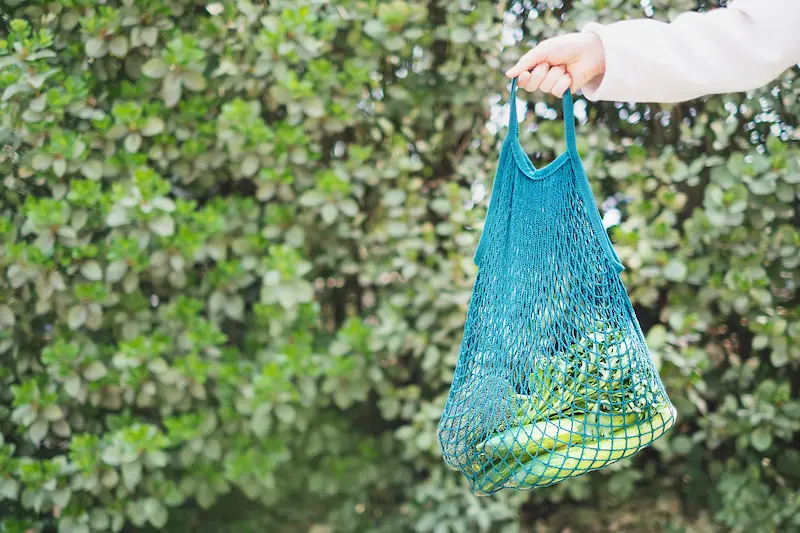
YIKES! Now, What Can We Do About It?
The good news? There are lots of simple, fun ways kids and families can help:
Design Your Own Reusable Bag
Use fabric markers to decorate a blank tote with eco-friendly messages like “This Bag Saves the Ocean.” Take it shopping and track how many plastic bags you avoided.
Plastic Bag Breakdown Experiment
Place three plastic sandwich bags in different conditions: water, dirt, and sunlight. Check them weekly and record what happens. It’s a hands-on way to see how stubborn plastic really is.
Plastic-Free Bingo
Create a bingo board with eco-friendly swaps like “Used a reusable bottle” or “Skipped a straw.” Challenge a friend, a classroom, or a camp group to complete a row!
Start a Mini Campaign
Write letters or make posters to encourage schools or local businesses to switch from plastic to reusable bags. Big voices start small!
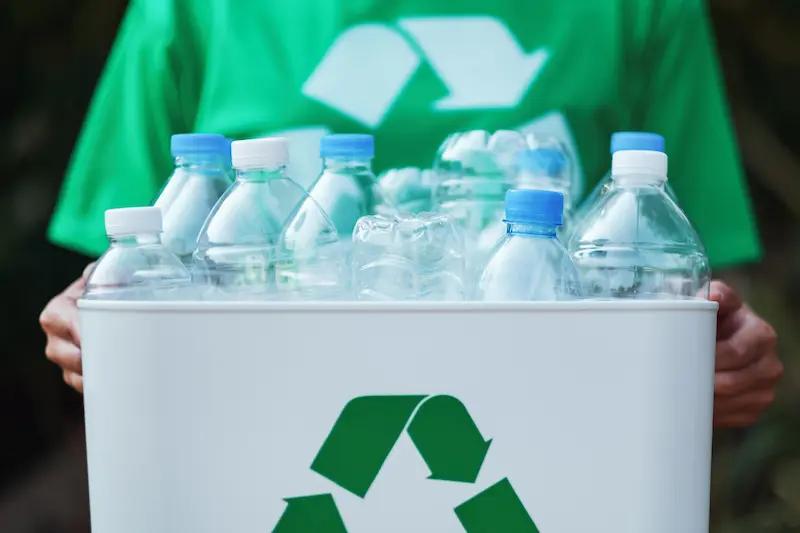
In Conclusion
Whether you’re making art, doing science, or starting a movement, every action helps. Even one small step, like saying no to plastic bags, can spark a ripple effect. This July 3rd, celebrate International Plastic Bag Free Day by choosing reusable options and inspiring others to do the same. Together, we can protect our oceans, wildlife, and future.
STEM is Problem-Solving in Action
Curious how to turn everyday issues like plastic pollution into hands-on STEM learning? Explore kid-powered experiments, educator-ready resources, and creative project ideas at STEM Education Works. Let’s build a better future, one innovation at a time!

